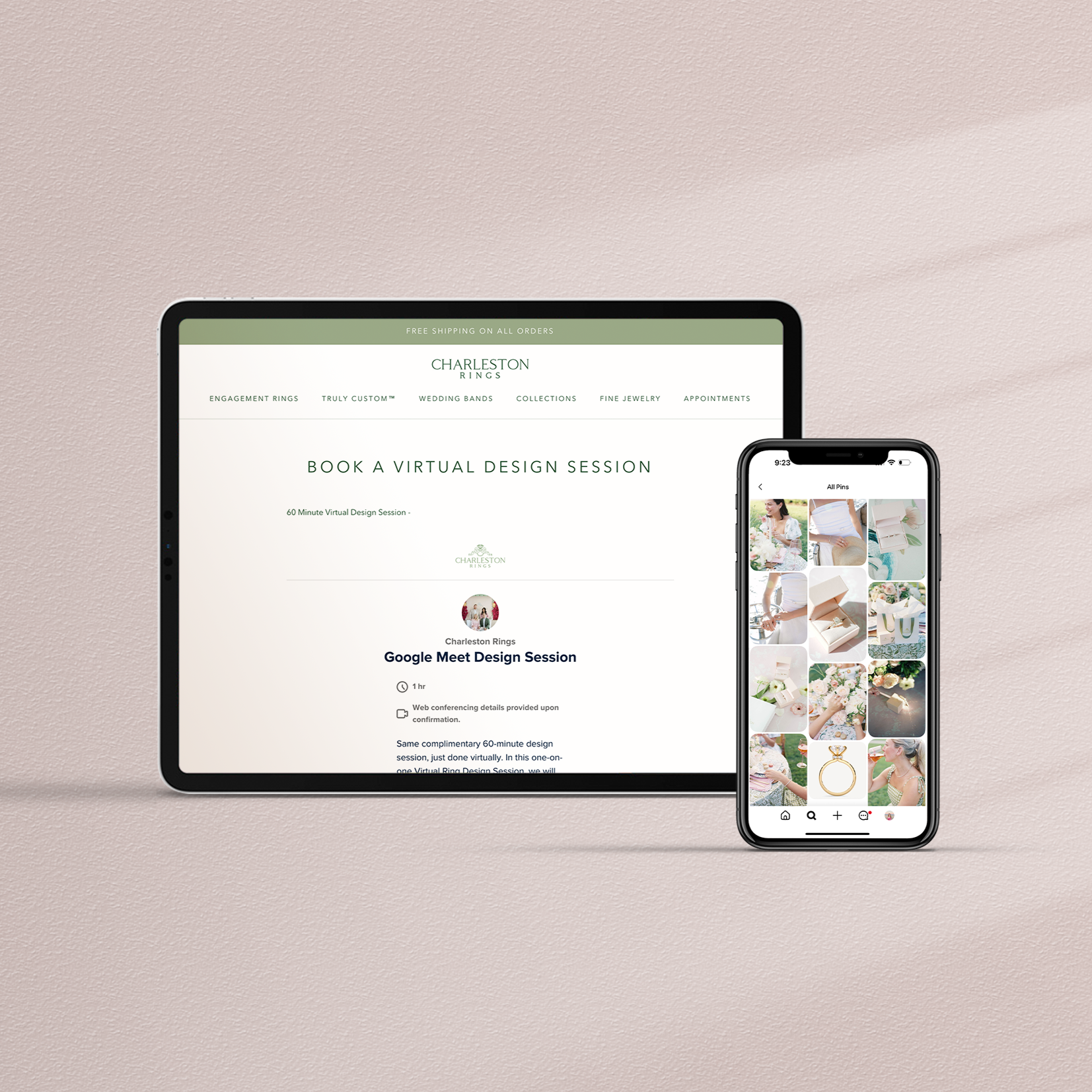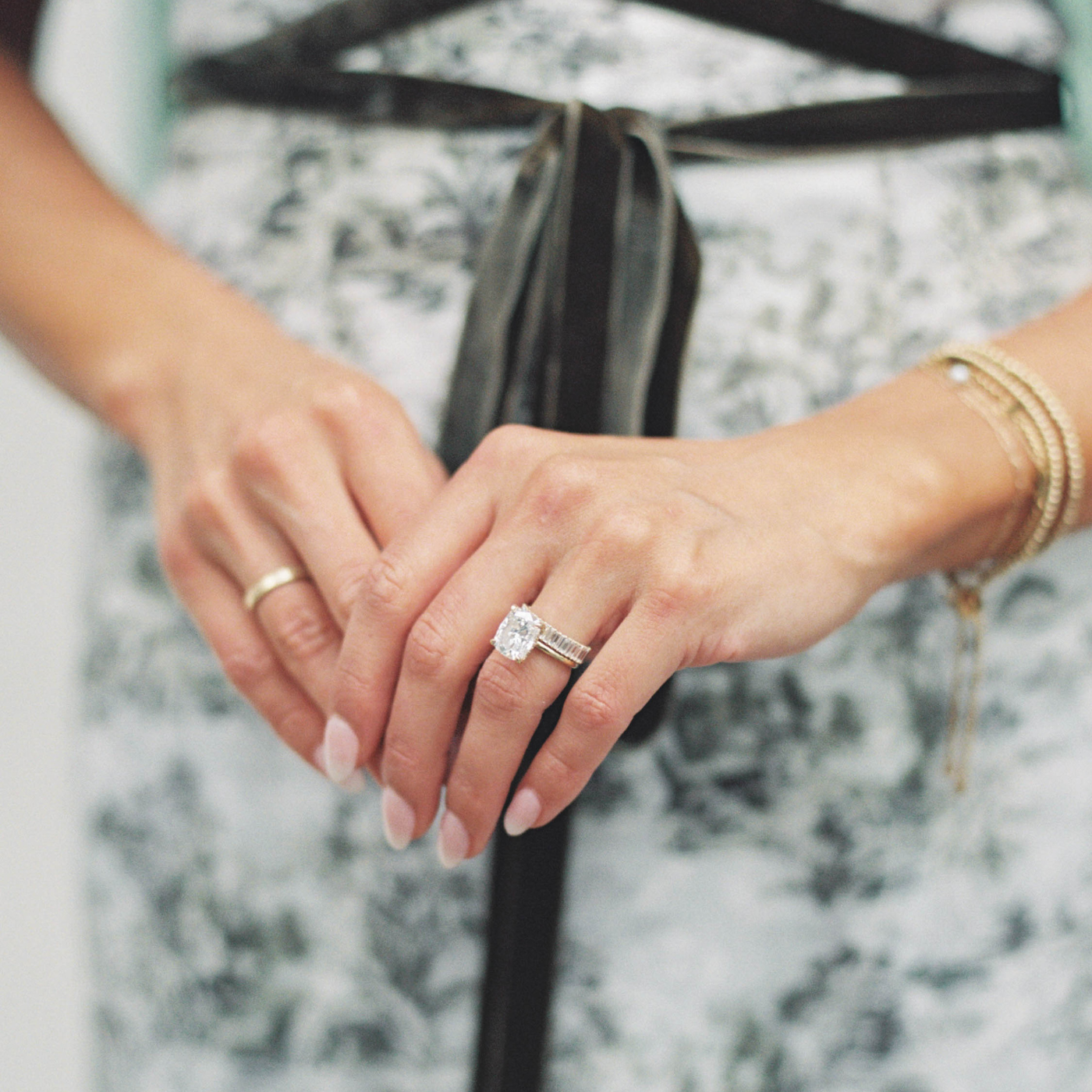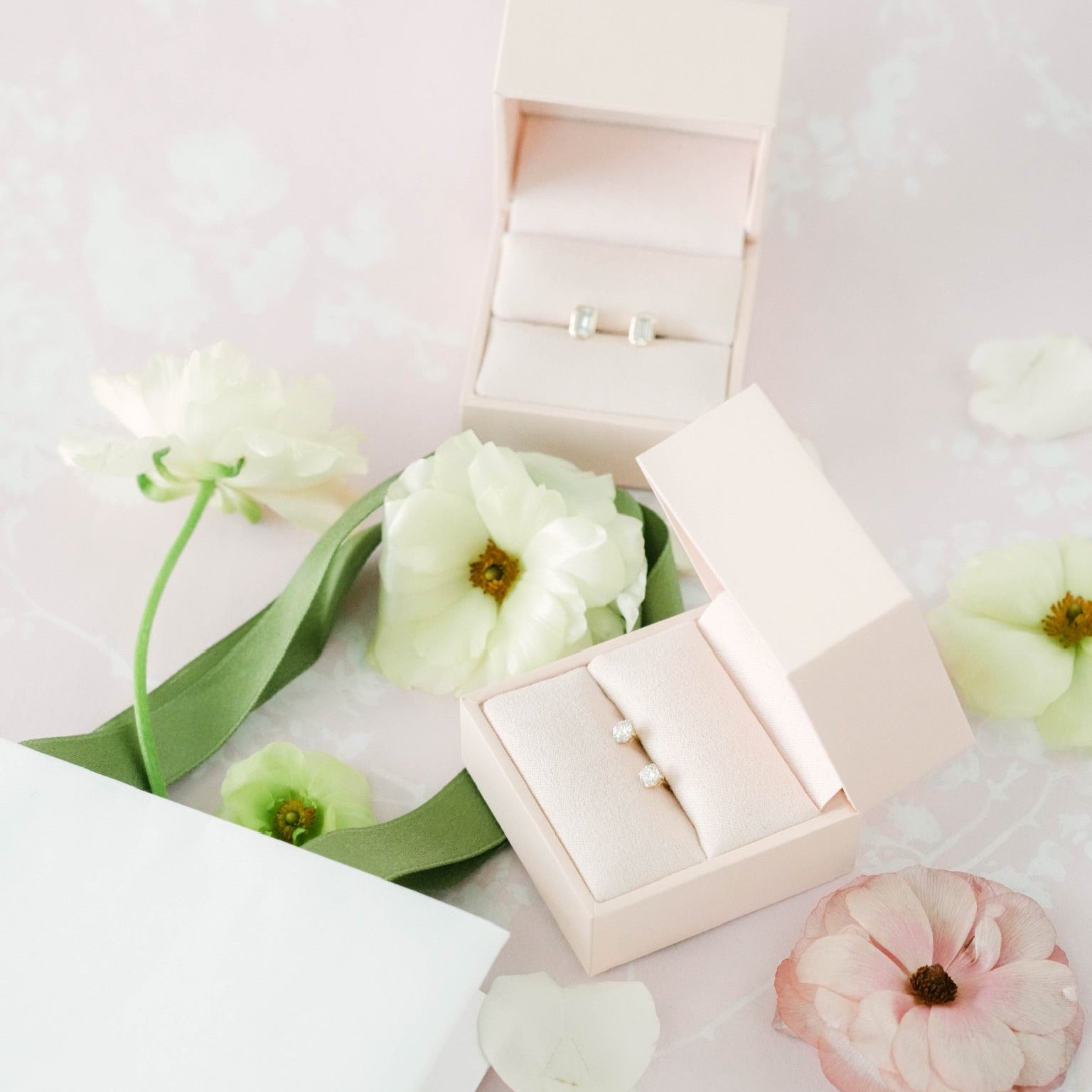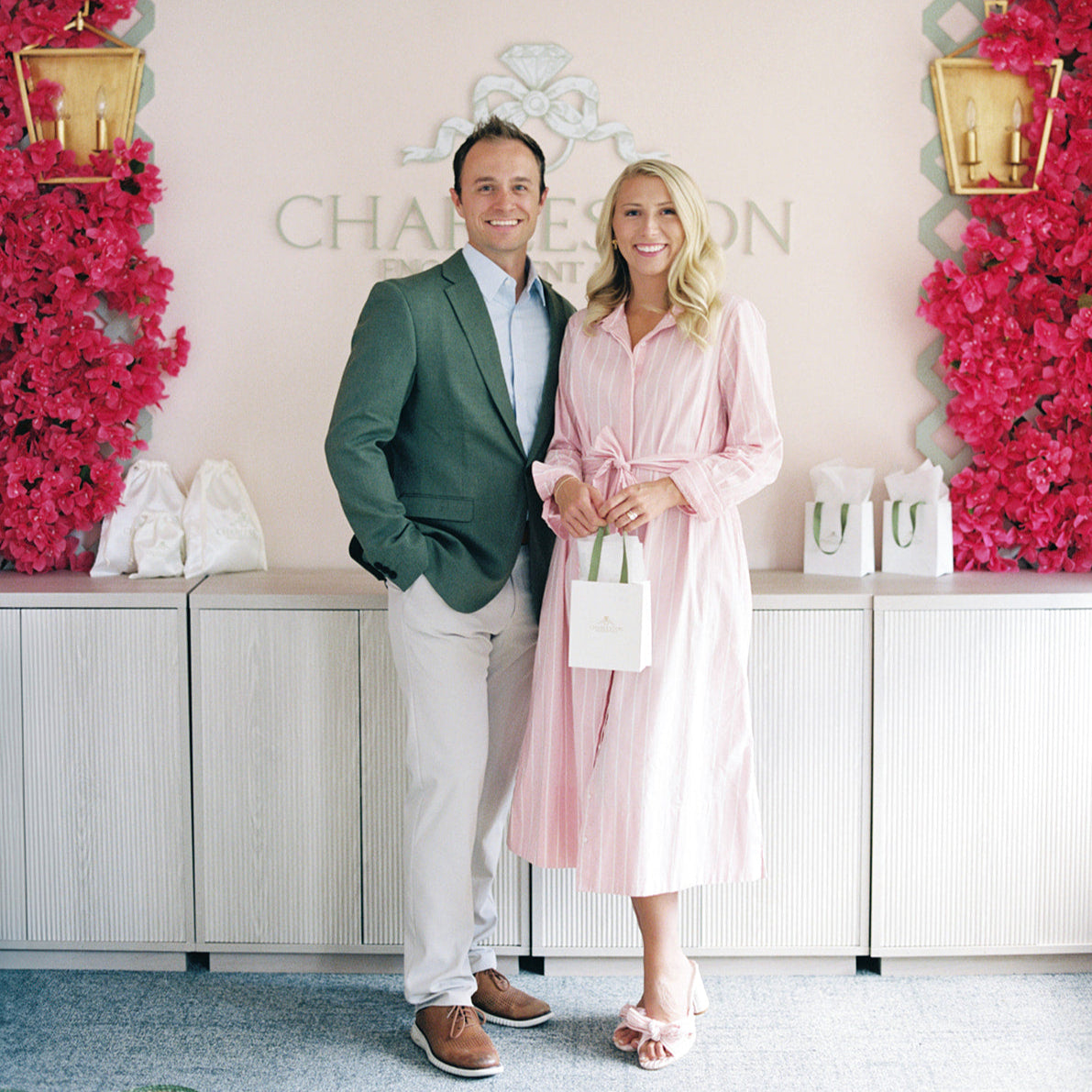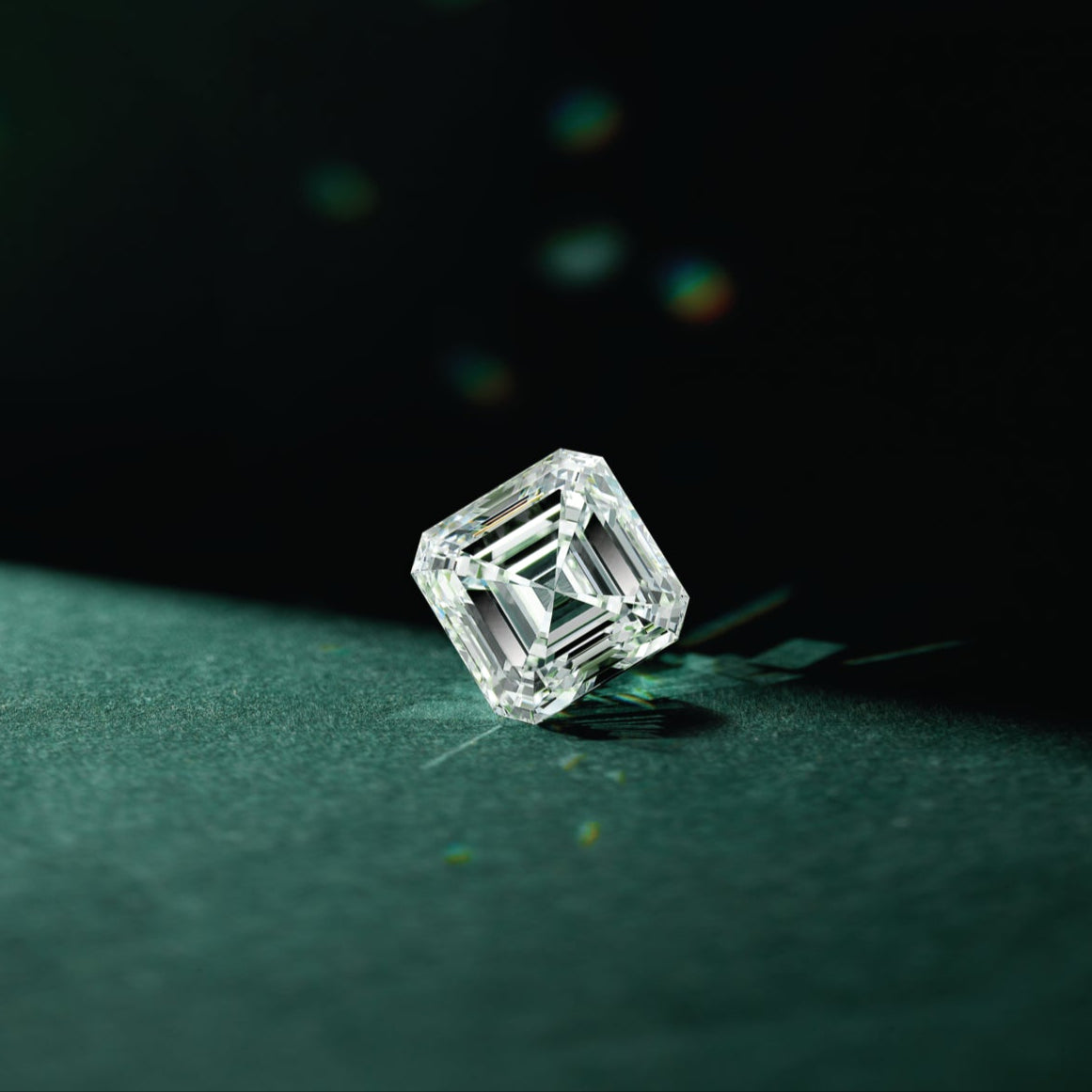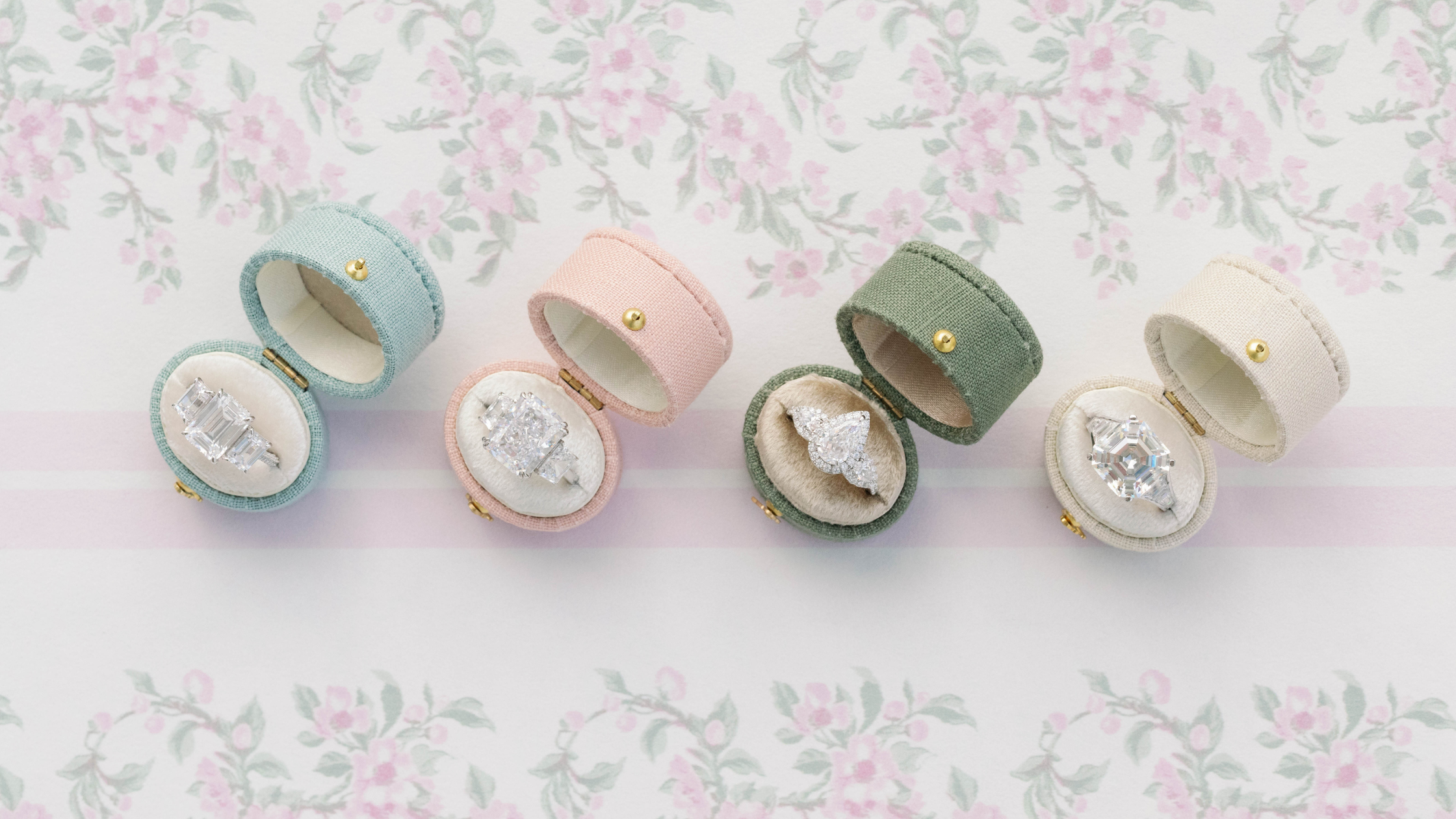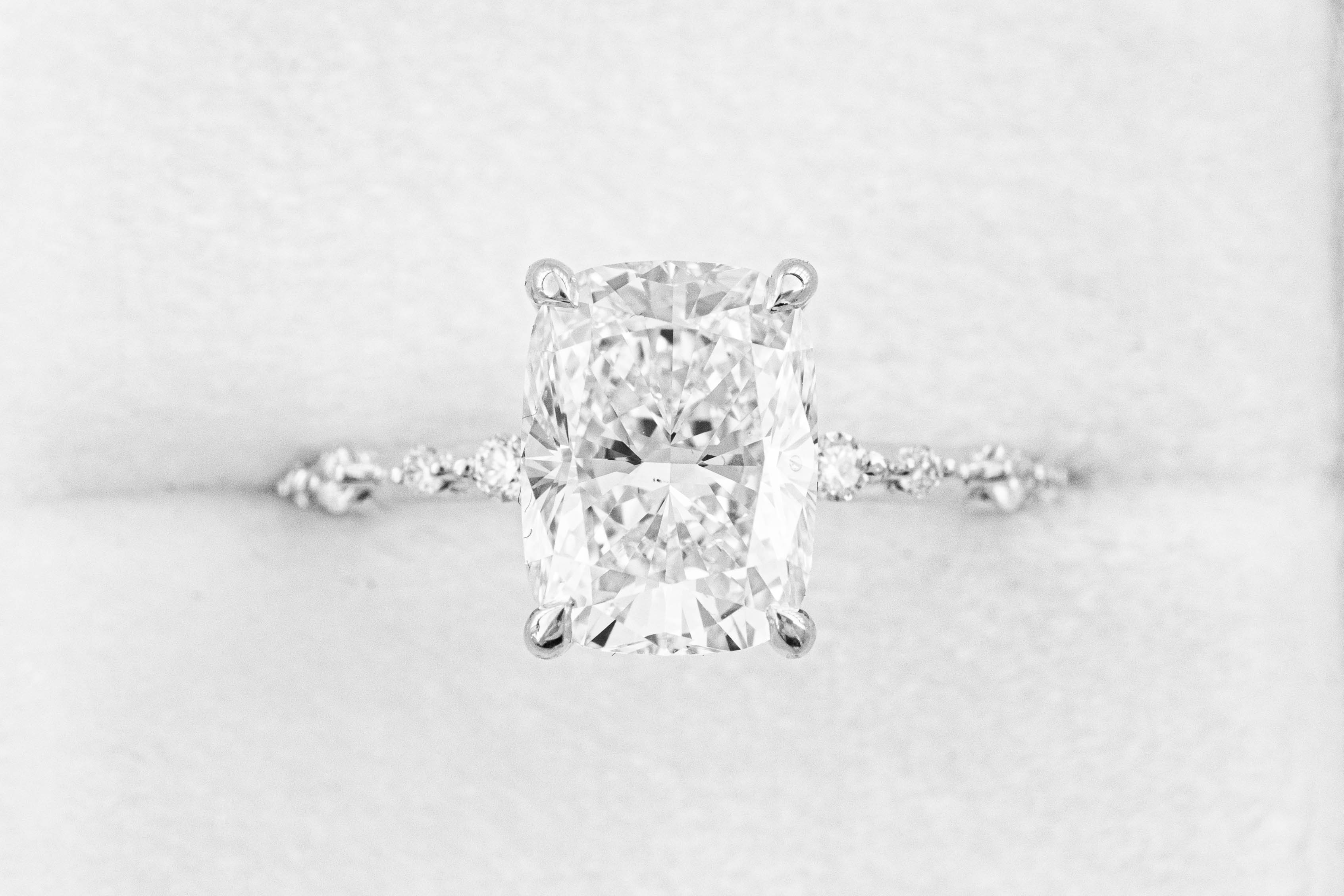
diamond basics: cut, color, clarity, carat
Did you know that some diamonds are over a billion years old, making them some of the oldest treasures on earth? This timeless gemstone isn't just a symbol of beauty and luxury; it's a testament to nature's incredible artistry. But when it comes to choosing the right diamond, it's not just the sparkle that counts. It's about understanding the core aspects that make each diamond unique and valuable.
Understanding the 4Cs—Cut, Color, Clarity, and Carat—is crucial in making an informed purchase. These globally accepted standards evaluate and grade diamonds, playing a significant role in determining their overall quality and value.
By grasping the essence of the 4Cs, buyers are empowered to make choices that align with their preferences and budget. And when shopping at places like Charleston Rings, this knowledge can significantly enhance the purchasing experience, ensuring you find a diamond that resonates with your personal style and expectations.
understanding diamond cut
The cut of a diamond isn't just a mere formality in its design; it's the heart of its brilliance and beauty. A diamond's cut refers to how well it has been shaped and faceted by a skilled artisan. This aspect is pivotal in determining the stone's interaction with light, and ultimately, its sparkle and brilliance. When a diamond is cut with precision, it doesn't just glisten; it comes alive, dancing with light in every move.
A well-cut diamond reflects and refracts light in a way that maximizes its brilliance and fire. Imagine a ray of light entering the stone, bouncing within, and then leaping back to your eye with all the colors of the rainbow. This mesmerizing play of light is what makes diamonds so captivating. On the other hand, a poorly cut diamond, lacking in these precise proportions, can appear lackluster and dull.
The science behind a diamond's cut is intricate. It's about the harmony of its angles and facets, carefully calculated to optimize light reflection. The Gemological Institute of America (GIA) grades a diamond's cut on a scale from Excellent to Poor, considering factors like symmetry, proportions, and the quality of the facets. An Excellent or Very Good cut grade signifies a diamond that performs spectacularly in terms of brilliance due to its precise cut.
decoding diamond color
When it comes to the allure of diamonds, color, or the lack thereof, plays a crucial role. The diamond color grading scale is the industry's guide to categorizing these stones based on their hue, ranging from colorless to light color. This scale is critical in determining both the aesthetic and monetary value of a diamond.
the scale of color: from d to z
At the pinnacle of this scale are colorless diamonds, graded as D, E, or F. These are the epitomes of purity, devoid of any noticeable color, and radiating a brilliant, icy appearance. Their rarity and pristine clarity make them the most sought-after and valuable.
Moving slightly down the scale, we encounter the near colorless grades: G, H, I, and J. Here, the diamonds may carry a subtle hint of color, but it's typically imperceptible to the untrained eye. They strike a delightful balance, offering the look of a colorless diamond without the hefty price tag.
Further down, diamonds graded K, L, and M display a faint yellow tint. These stones provide an affordable yet attractive option, maintaining a relatively white appearance, especially when expertly set in jewelry.
The diamonds in the N to R range exhibit a very light yellow hue, becoming more apparent but still retaining a beautiful sparkle. These diamonds are often chosen for their unique warmth and character, offering a different kind of appeal.
Lastly, at the bottom of the scale, from S to Z, the diamonds possess a noticeable yellow or brown tint. While less valued in the traditional market, they can still be captivating, providing a more budget-friendly alternative with a distinct look.
color's influence on appearance and value
A diamond's color—or its absence—significantly impacts its overall look and worth. The GIA's color grading scale, which classifies diamonds from D (colorless) to Z (light yellow or brown), is a testament to this impact. The more a diamond approaches colorlessness, the more valuable it becomes due to its ability to transmit light and display a vibrant sparkle.
The color grade not only affects the diamond's brilliance but also its perceived size. A colorless diamond often seems larger due to its reflective qualities, while a colored diamond might appear smaller. This visual impact is crucial when selecting a diamond, as it contributes to the stone's overall appeal and desirability.
In terms of value, the rarer colorless diamonds command higher prices. As we descend the color scale, the value typically diminishes. However, it's important to remember that this rule does not apply to fancy colored diamonds, like pinks or blues, which are evaluated and prized differently.
clarity and its impact
Clarity is a critical aspect of a diamond's allure, deeply influencing its beauty and value. It's about what you don't see that makes a diamond truly special. Clarity refers to the presence, or ideally the absence, of internal and external flaws - known as inclusions and blemishes. These imperfections, often microscopic, can affect how light travels through the diamond, impacting its brilliance and overall aesthetic.
understanding clarity: inclusions and blemishes
Inclusions are natural, internal characteristics like crystals, feathers, or other minerals, formed during the diamond's creation in the earth. Blemishes, conversely, are external marks such as scratches or chips on the surface. Both types of imperfections play a role in determining the clarity grade of a diamond. The key is their size, number, position, and visibility - the less noticeable these flaws, the higher the clarity grade.
the clarity scale: from flawless to included
The Gemological Institute of America (GIA) has established a clarity grading scale ranging from Flawless (FL) to Included (I3). A Flawless diamond, graded FL, is a rarity, showing no visible inclusions or blemishes under 10x magnification. As we move down the scale to I3, inclusions become more apparent, sometimes even to the naked eye. Grades like Very Very Slightly Included (VVS) and Slightly Included (SI) mark varying degrees of visibility.
choosing the right clarity: a balance of beauty and budget
When selecting a diamond, clarity is a balancing act. Higher clarity grades equate to higher prices, but it's important to note that many inclusions and blemishes are invisible without magnification. A diamond with a lower clarity grade can still appear perfect to the unaided eye, offering an opportunity to choose a stunning diamond that aligns with your budget.
Remember, a diamond's clarity is like its fingerprint - unique and defining. While flawless diamonds are coveted for their rarity, slight imperfections can add character without detracting from the stone's beauty. At Charleston Rings, understanding clarity helps you find a diamond that not only meets your standards of beauty but also holds a unique story within its depths. A diamond's clarity, therefore, is not just a measure of quality, but a marker of its unique journey from the earth to your hands.
carat weight explained
Carat weight is often the first thing noticed about a diamond, but there's more to it than just size. It's a measure of weight, not just size, and plays a significant role in how a diamond is perceived and valued.
carat weight vs. size: understanding the difference
Carat weight refers to the actual weight of the diamond, measured in metric carats, where one carat equals 200 milligrams. The term 'carat' has a historical origin, dating back to when carob tree seeds were used as counterweights in ancient balance scales.
While carat weight indicates how heavy the diamond is, size refers to its physical dimensions - the diameter and depth. It's a common misconception that carat weight directly equates to size. In reality, two diamonds of the same carat weight can vary in size based on their cut and shape.
the impact of carat weight on price and appearance
As the carat weight increases, so does the diamond's price, primarily due to the rarity of larger diamonds. However, carat weight alone doesn't dictate the diamond's value; cut, color, and clarity are equally important.
In terms of appearance, larger carat weights often translate to a more prominent and luxurious presence. Yet, a diamond's allure isn't solely dependent on its weight. The cut is crucial - a smaller, well-cut diamond can outshine a larger one with a poorer cut, displaying more brilliance and visual appeal.
When selecting a diamond, it's essential to find a balance between carat weight and other quality factors. A harmonious blend of carat weight with excellent cut, color, and clarity can result in a diamond that's not just large, but also radiant and beautiful.
your next steps
For those ready to embark on the exciting journey of diamond selection, Charleston Rings awaits with a wide and exquisite collection. We invite you to explore our selection, where each diamond tells a unique story of beauty and craftsmanship. Our experts at Charleston Rings are here to assist you, offering personalized consultations to help you navigate the nuances of diamond selection.
Whether you're searching for the perfect engagement ring, a memorable gift, or a personal treasure, Charleston Rings is dedicated to helping you find a diamond that not only meets, but exceeds your expectations. Visit us to experience the magic of diamonds and find the one that's just right for you.




